1. Minneapolis, Minnesota

Minneapolis is expected to see safer streets as a result of ongoing police reforms and enhanced community outreach initiatives. These efforts are building trust between law enforcement and the public, which has been instrumental in tackling crime at its roots and fostering cooperation.
2. San Diego, California
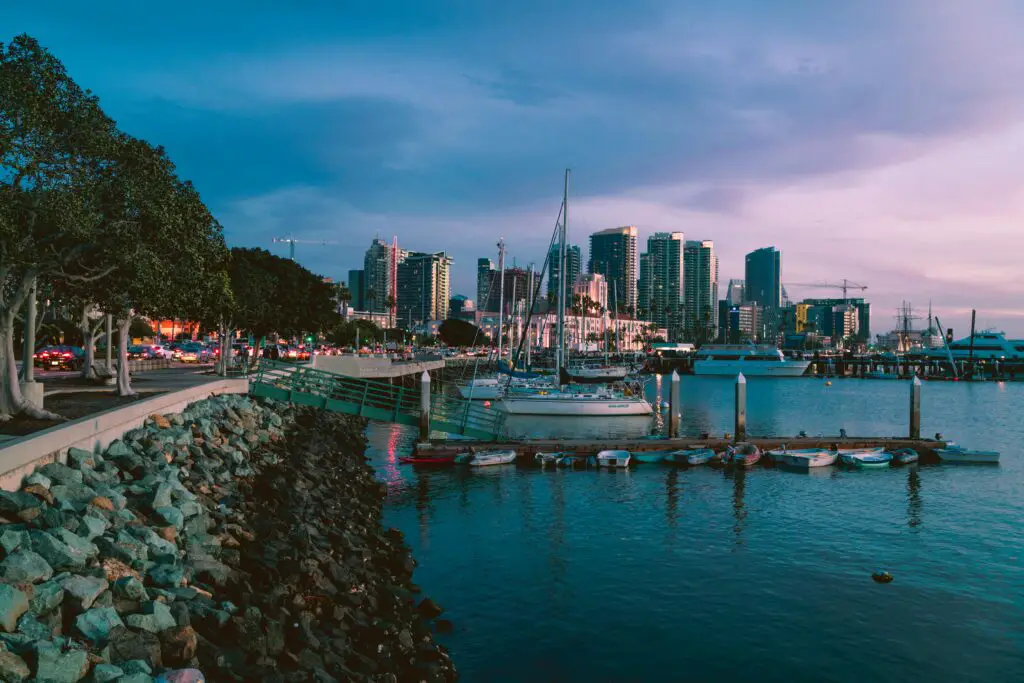
San Diego is projected to see a significant reduction in crime rates, thanks to its proactive community policing efforts and innovative crime-prevention strategies. The city has invested heavily in neighborhood watch programs and collaborative initiatives between law enforcement and local organizations, fostering safer communities.
3. Raleigh, North Carolina
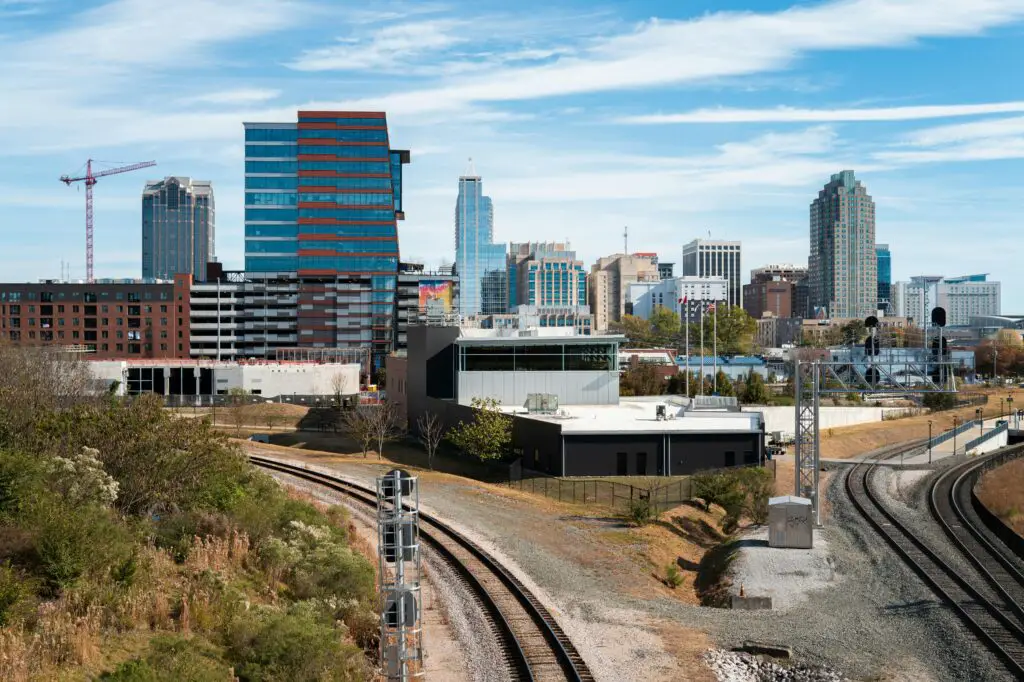
Raleigh’s continued focus on youth engagement and neighborhood revitalization projects is expected to contribute to lower crime rates in 2025. The city has also made strides in increasing police presence in high-risk areas and offering resources to at-risk populations, ensuring a comprehensive approach to public safety.
4. Portland, Maine
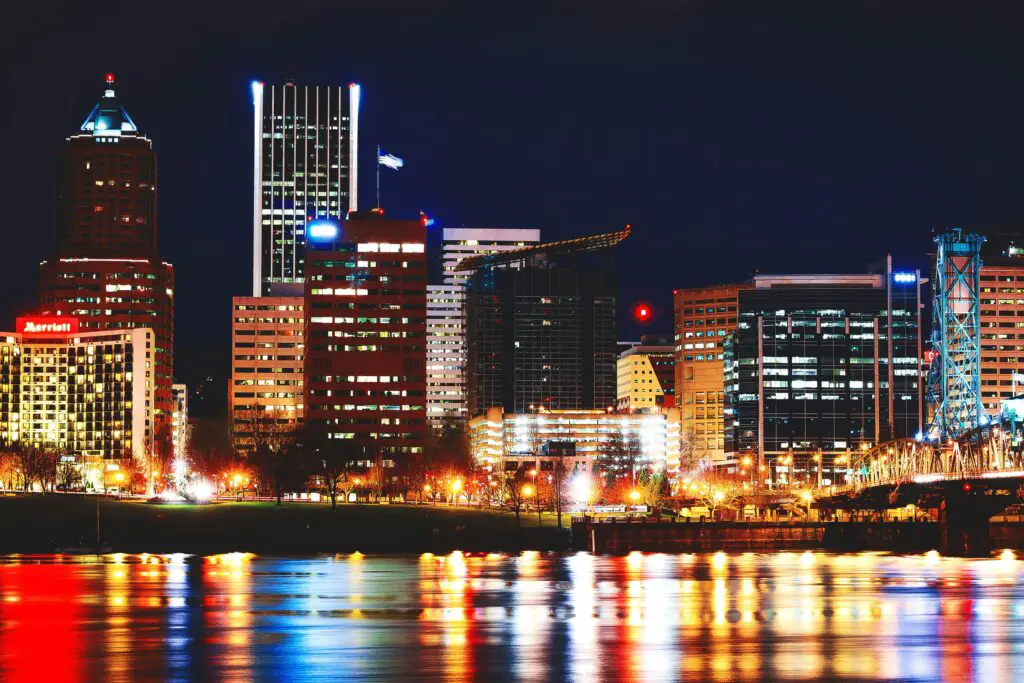
Portland, already one of the safest cities in the U.S., is set to see further declines in crime due to its strong community ties and well-organized law enforcement practices. Its small-town charm, combined with proactive measures like increased street patrols, ensures the city remains a safe haven for residents and visitors alike.
5. Boise, Idaho
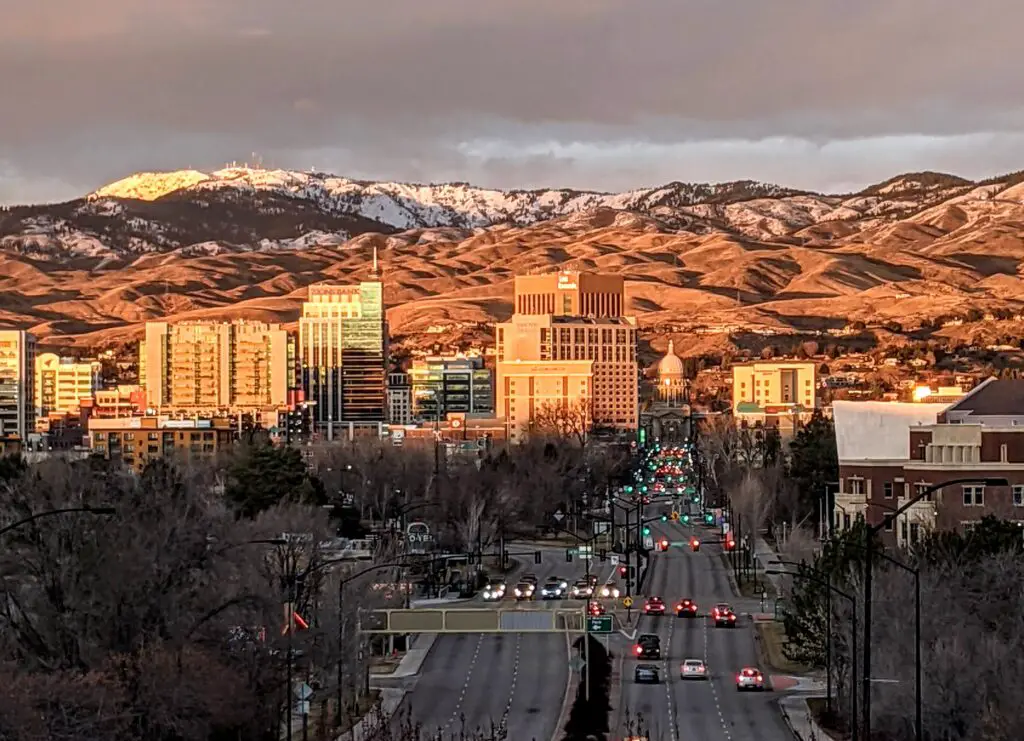
Boise’s low unemployment rate and focus on community-building initiatives have created an environment where crime is steadily declining. By addressing social issues such as poverty and mental health, the city is ensuring a safer future for its residents.
6. Austin, Texas
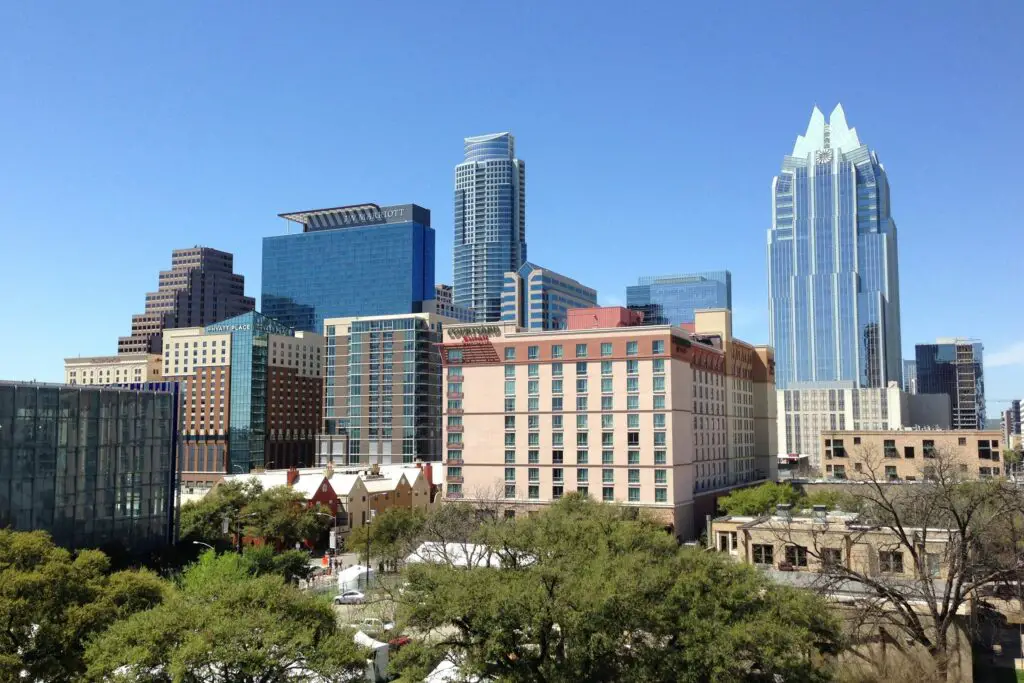
Austin’s commitment to public safety and mental health services has placed it on the path to lower crime rates in 2025. Programs aimed at addressing homelessness and economic disparity are also helping to reduce criminal activity in the city’s most vulnerable areas.
7. Madison, Wisconsin
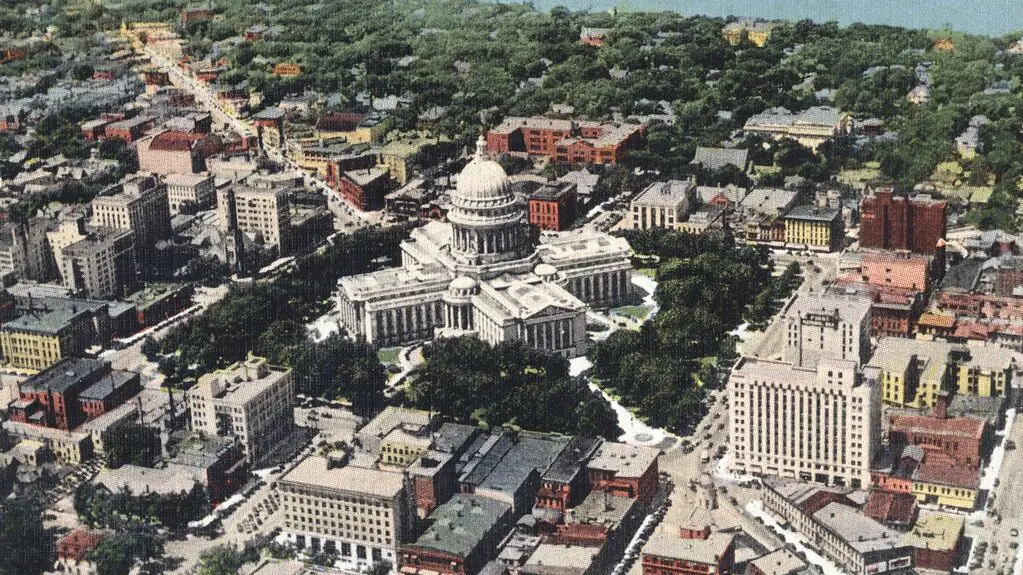
Madison’s emphasis on education, economic opportunity, and equitable policing is driving down crime rates. By fostering a culture of inclusion and prioritizing public safety resources, the city is creating safer neighborhoods for its growing population.
8. Virginia Beach, Virginia
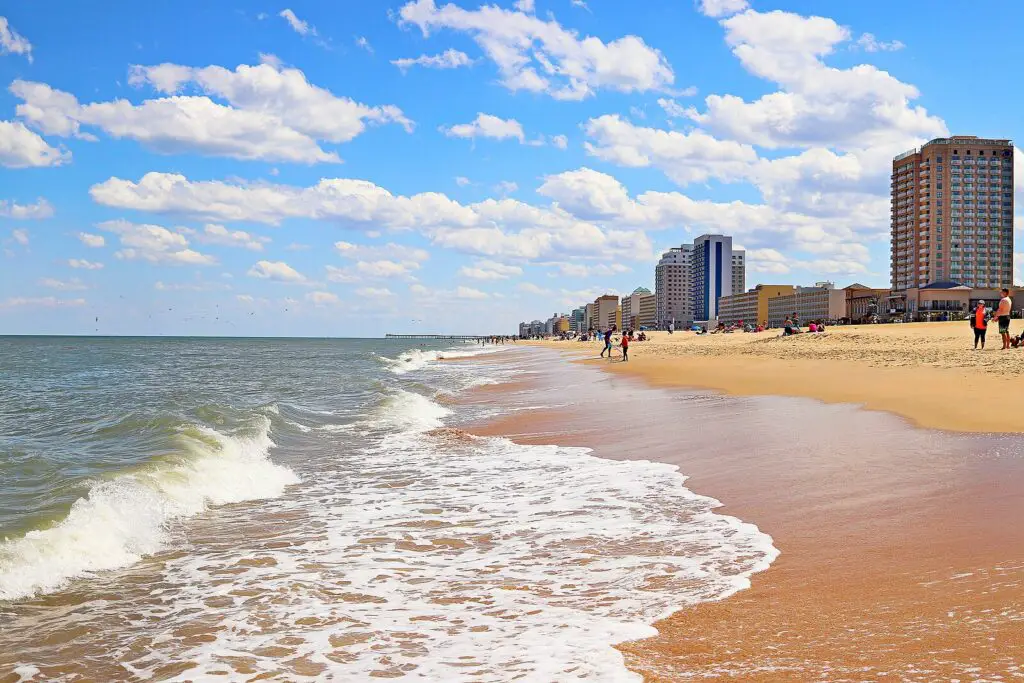
Virginia Beach, known for its family-friendly atmosphere, is expected to see continued reductions in crime due to its investments in law enforcement and community engagement. The city’s focus on tourism safety has also encouraged better surveillance and policing practices throughout the region.
9. Honolulu, Hawaii
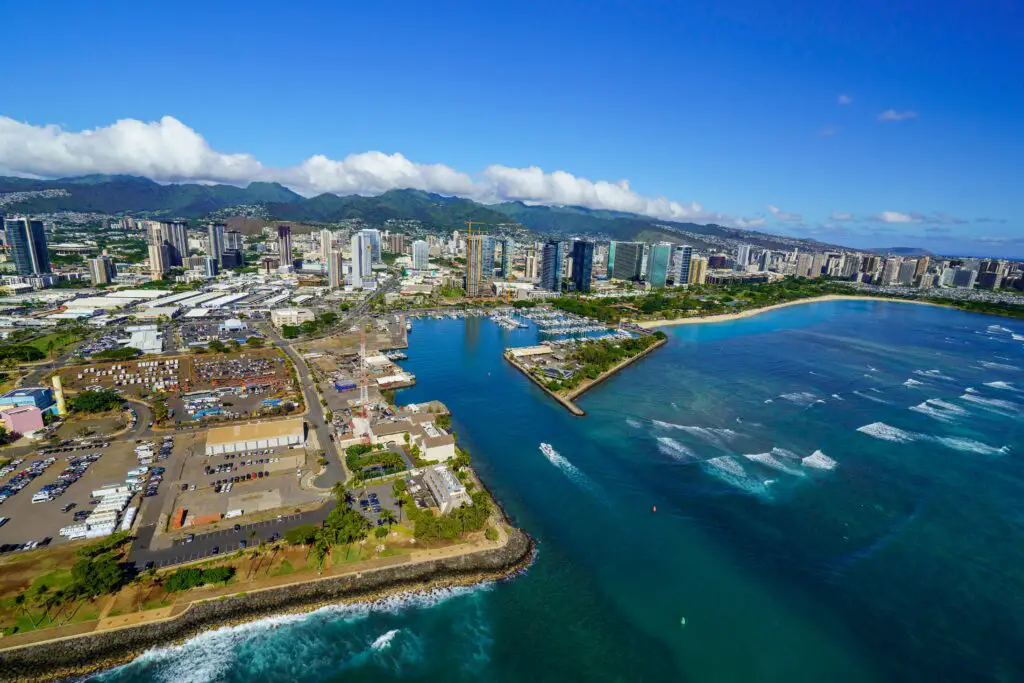
Honolulu’s low levels of violent crime and strong emphasis on community-centered safety initiatives are helping it maintain a positive trend. With robust programs addressing youth delinquency and property crime, the city is setting an example for other urban areas.
10. Pittsburgh, Pennsylvania
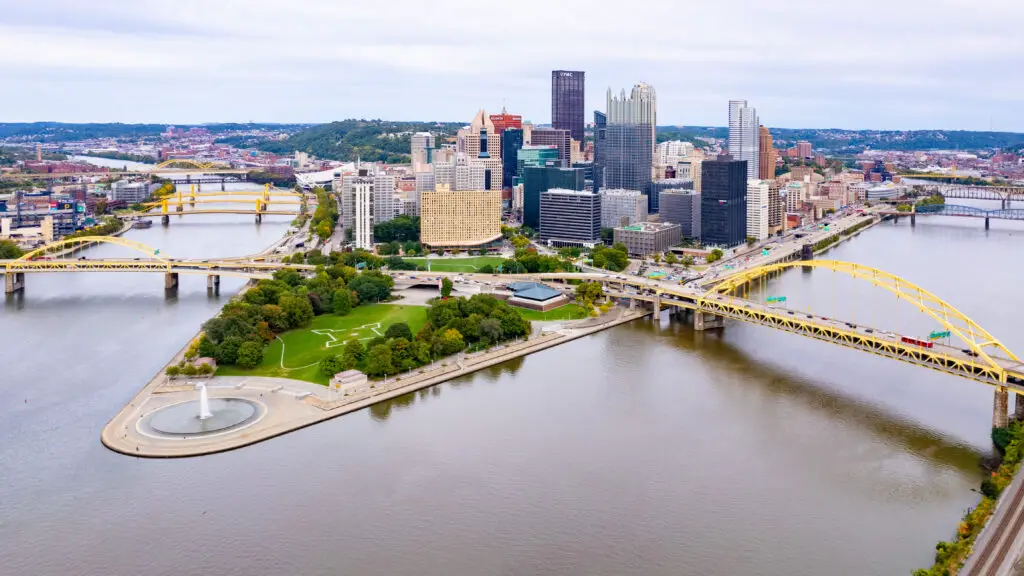
Pittsburgh is seeing improvements in public safety, thanks to economic revitalization and an emphasis on neighborhood watch programs. As the city transforms its urban spaces into thriving communities, residents and law enforcement are working together to tackle crime effectively.
11. Salt Lake City, Utah
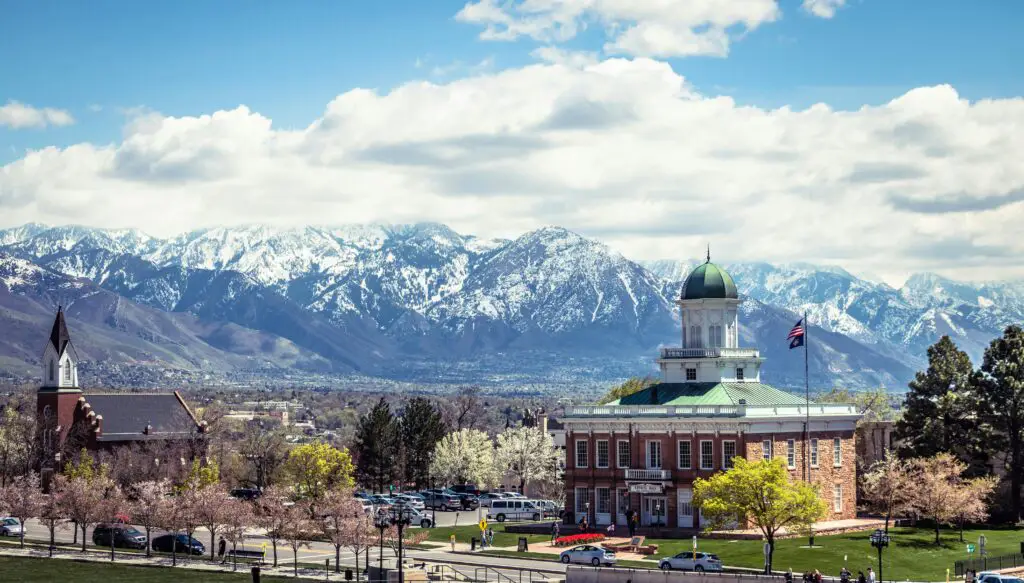
Salt Lake City’s commitment to advanced surveillance systems and community policing is yielding promising results. By fostering partnerships between local organizations and law enforcement, the city is creating a safer environment for families and businesses.
12. Charlotte, North Carolina
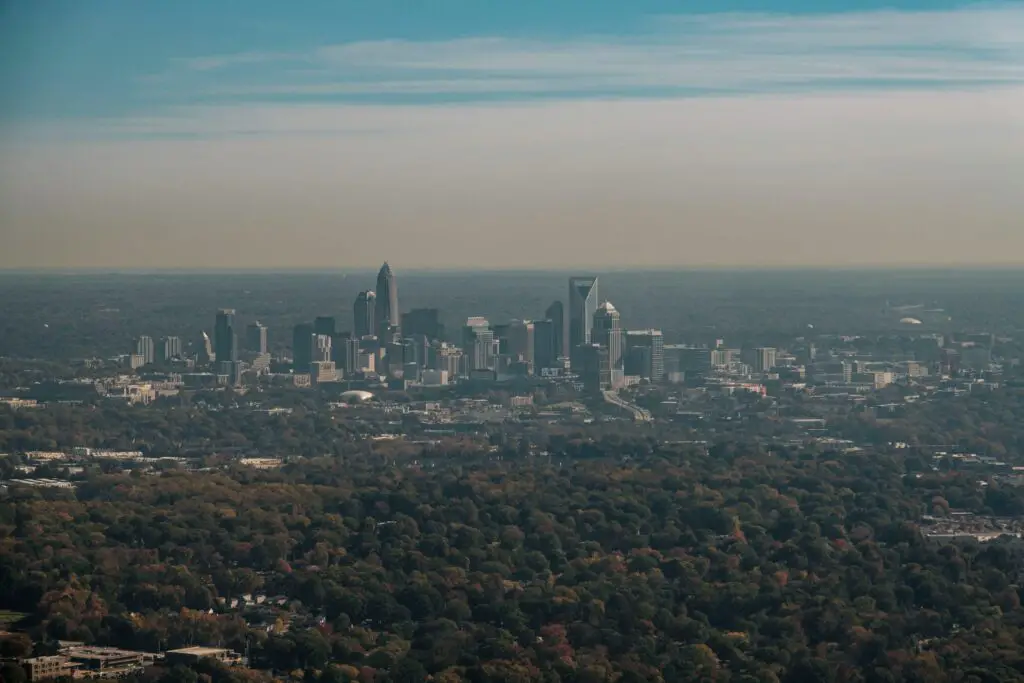
Charlotte’s crime-prevention strategies, including better street lighting and youth engagement programs, are anticipated to lower crime rates in 2025. The city’s focus on rehabilitative justice and resource accessibility ensures a comprehensive approach to public safety.
